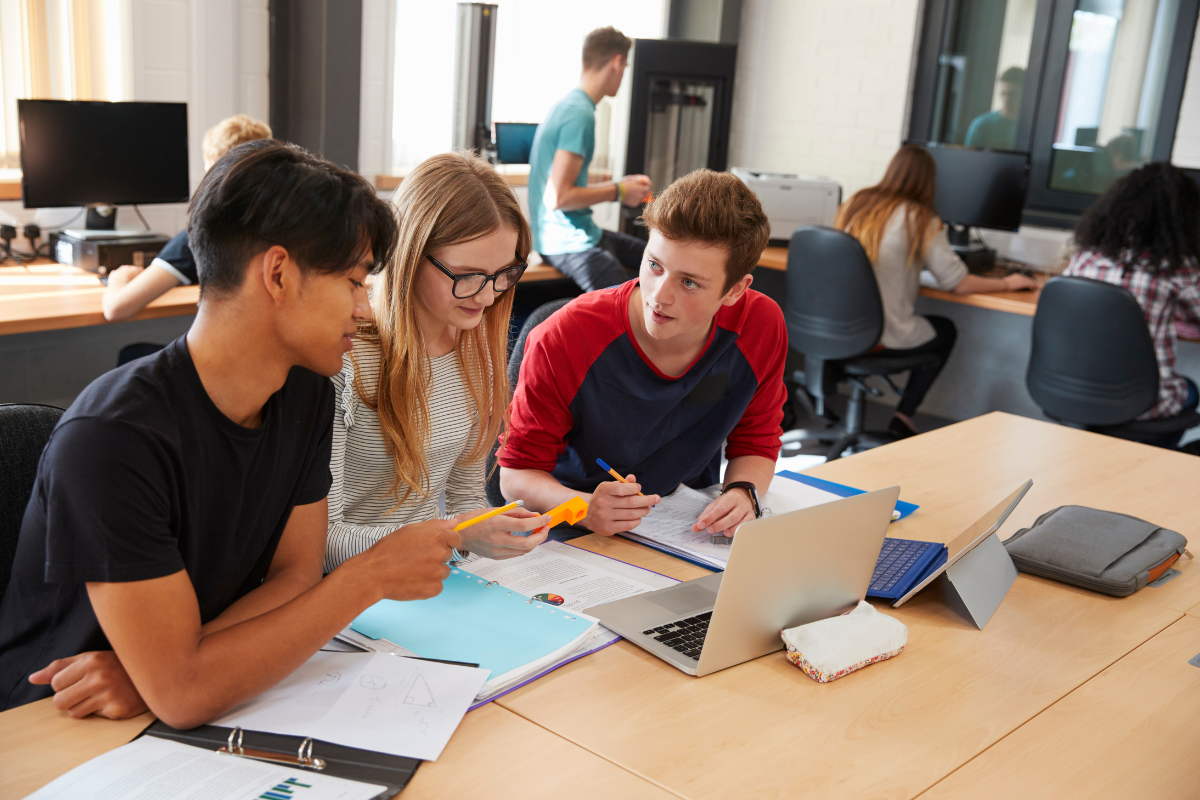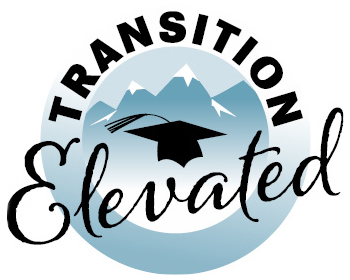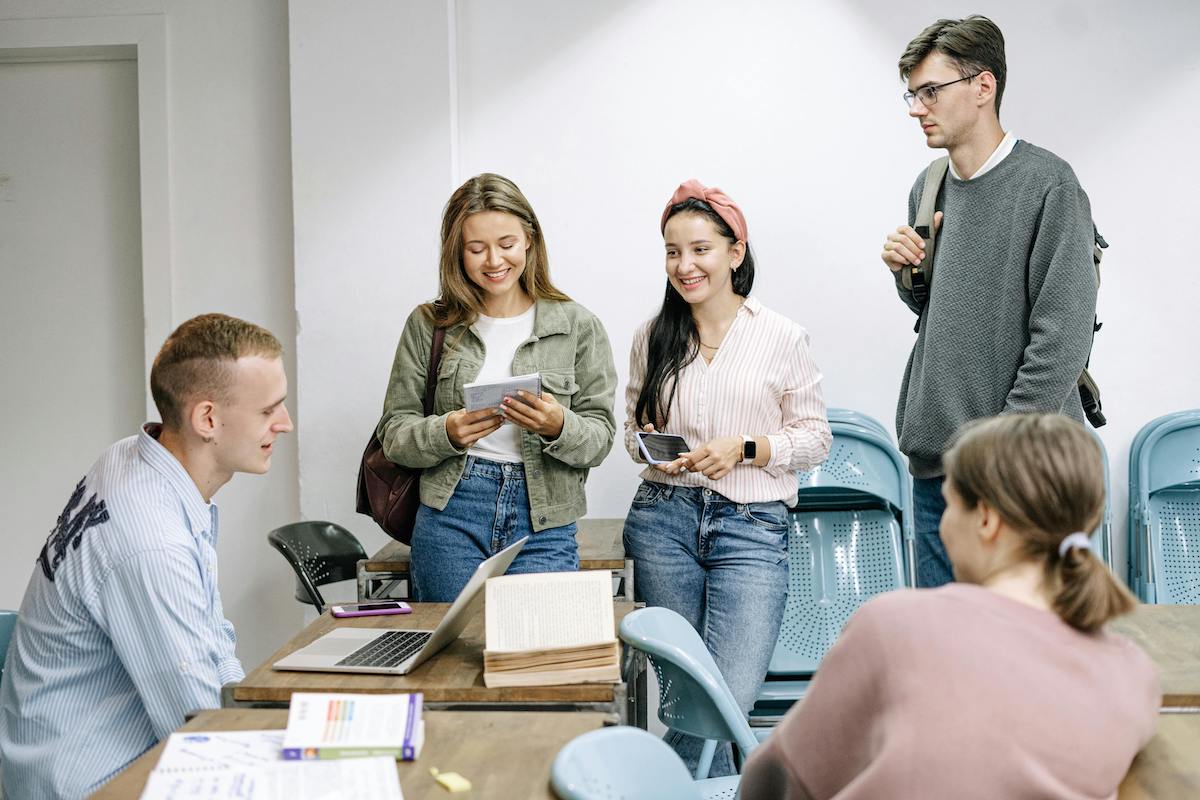Community Partners

Create supportive relationships between programs and other community organizations.
- Vocational Rehabilitation (VR) counselors
- Community rehabilitation providers (CRP)
- Pre-Employment Transition Services providers (Pre-ETS)
- Adult service providers
- Other organizations serving youth with disabilities.
Definition of “Community Partners“
Community partnerships consist of relationships across programs that serve students with disabilities. Post-school outcomes for students with disabilities are impacted by many partners. Organizations can support student outcomes and strengthen practices by aligning goals and services between community partners and understanding the potential impact on shared student data, timelines, and priorities. For example, an educator may have a relationship with a representative from a large agency such as VR or other organizations such as an independent living center or local mental health provider to serve students.
Utah Collaboration Definition

Interagency collaboration is a means to:

Coordinate services and supports at the student level

Identify and address gaps in services within the local community

Share and leverage resources to reduce costs

Promote efficient service delivery for all students with disabilities.
This work should be done with the philosophy, disposition and mindset that all students with disabilities can work.
Partnering in the Postsecondary Transition Process
The postsecondary transition process is a collaborative effort. It is mandated under the Individuals with Disabilities Act (IDEA) and supported by other legislation related to employment for people with disabilities. While postsecondary transition for students is primarily the responsibility of the state education agency (the Utah State Board of Education), professionals governed by related legislation also play important roles in the process.
The responsibility to support students with disabilities as they transition to adulthood lies collectively with general education, special education, vocational rehabilitation, and other community partners as appropriate to meet student needs. To this end, an Interagency Cooperative Agreement is in place that outlines shared goals between the Department of Workforce Services and the Utah State Board of Education. (The updated interagency cooperative agreement is coming soon.)
Purpose of the Individuals with Disabilities Education Act (IDEA)
Postsecondary Transition planning for students with disabilities is connected to one of the most fundamental purposes of the IDEA which is “to ensure that all students with disabilities have available to them a free appropriate public education that emphasizes special education and related services designed to meet their unique needs and prepare them for further education, employment, and independent living.”
(USBE SPECIAL EDUCATION RULES VII.B.1., p. 14)
Postsecondary Transition Mandate
(Postsecondary Transition Services – School to post school, summarized p.180)
Under IDEA, transition planning is mandated to support youth as they prepare for transition to adult life. A formal postsecondary transition plan becomes a part of the IEP and should serve as the foundation for any future IEP development.
For a student with a disability age 14 and older, or younger if determined appropriate by the IEP team, postsecondary transition services means a coordinated set of activities for a student with a disability that:
(1) Is designed to be within a results-oriented process that is focused on improving the academic and functional achievement of the student with a disability, to facilitate the student’s movement from school to post-school activities, including postsecondary education, vocational education, competitive integrated employment (including supported employment), continuing and adult education, adult services, independent living, or full community participation.
(2) Is based on the individual student’s needs, taking into account the student’s strengths, preferences, and interests, (34 CFR § 300.322 as cited in Utah Special Education Rules p180).
Postsecondary Transition Services flowchart.
For more information on postsecondary transition services visit the USBE website.
Workforce innovation and Opportunity Act (WIOA)
Workforce innovation and Opportunity Act (WIOA)
WIOA (2014) was “designed to help job seekers access employment, education, training, and support services to succeed in the labor market and to match employers with the skilled workers they need to compete in the global economy” (Department of Labor). While the overall purpose was related to the national workforce as a whole, this updated legislation strengthened employment services for underserved or at-risk populations such as people with disabilities. WIOA sought to actively improve services to individuals with disabilities by providing access to high-quality services with the expectation of preparing them for competitive integrated employment, not just a job.
Pre-Employment Transition Services (Pre-ETS)
Pre-ETS are designed to prepare youth with disabilities for postsecondary education and career employment. Pre-ETS are required to address five areas of focus:
- Workplace readiness training
- Job exploration counseling
- Work-based learning experiences
- Counseling on postsecondary education
- Instruction in self-advocacy.
State Vocational Rehabilitation (VR) agencies are required to set aside at least 15% of their federal funding award to provide these services to SWD. State VR agencies are also required to engage employers to improve employment outcomes for all participants. This emphasis on pre-employment training provides increased opportunities for youth to gain competitive integrated employment after high school.
Pre-ETS & School Collaboration Example
Pre-Employment Transition Services (Pre-ETS)

Learning and Networking Opportunities
Utah Transition Action Team (UTAT)- a networking group of stakeholders who work in Postsecondary Transition and meet quarterly to share resources and events. Contact Bob Morgan

Postsecondary Education Collaboration
Postsecondary Education Programs for Students with Disabilities
Disability Resource Centers at Higher Education Institutions
Peer Mentoring Programs at Higher Education Institutions
Southern Utah University
Utah Valley University
University of Utah

